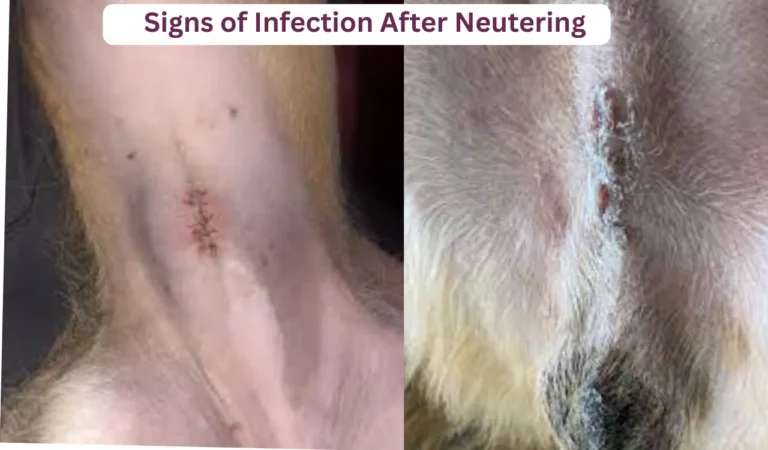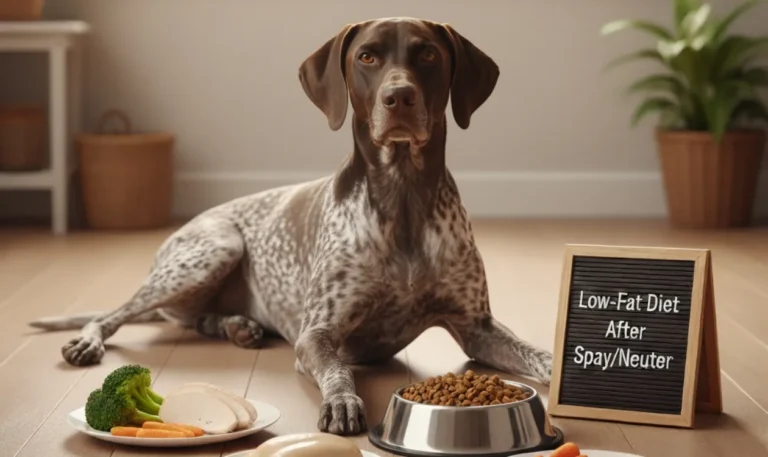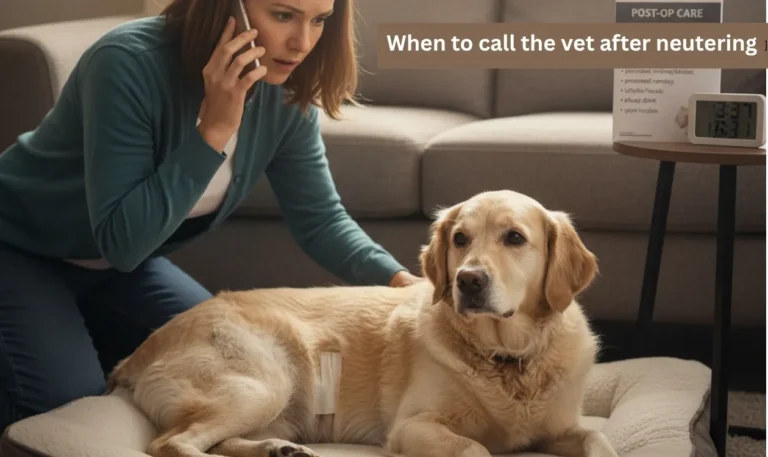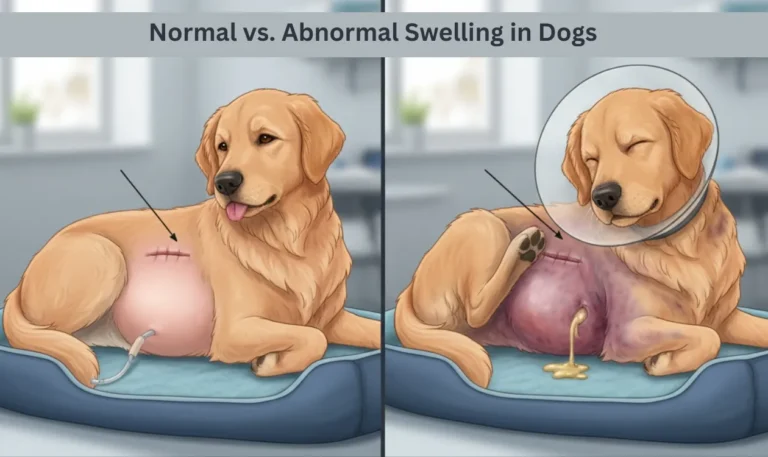Post-Surgery Pain Management: Ensuring Comfort and Faster Healing
Learn effective post-surgery pain management for dogs with safe medication, rest tips, and comfort care to ensure a smooth, stress-free recovery.
The normal state of recovery after any surgery includes pain. There is no way in which dogs express discomfort like humans do, however, they tend to do so by body language, restlessness, or lack of appetite. By paying attention to these subtle signs, you are able to take an early intervention in order to ensure that their pain is controlled.
These are the appropriate pain management that guarantees a quicker recovery and a more relaxed attitude. It will counter inflammation, complications are prevented, and your dog will feel better. You will always have to consult your veterinarian and learn about the kind of pain for your dog care that can be undergoing and the safest options of handling them.
The Role of Veterinary pain medication

These post-operative pain management drugs should be the most effective method and prescribed by a veterinarian. The most frequent ones are nonsteroidal anti-inflammatory drugs (NSAIDs), opioids, or weak sedatives each, based on the procedure. All drugs are meant to be used with a certain intention and amount of a drug that is intended to be used in comfort of your dog.
In no case should human painkillers be given out because they may be fatal to pets. Always take the instructions of the vet seriously and watch out on side effects. Adequate use of prescribed medication reduces the degree of discomfort and promotes complication-free healing. Regular analgesia encourages physical and mental healing.
Recognizing Signs of Pain or Discomfort
During the recovery phase, it is necessary to pay attention to your dog. Symptoms of pain are whining, licking at the place of incision, trembling, or immobility. You can also observe alterations in food behaviour or high aggression on account of being uncomfortable.
Following such behaviour will assist you in communicating with your vet in case of making alterations. Your observations are extremely important in the healing of the dogs as they cannot express their pain verbally. Pain management and treatment are important to manage the symptoms early to avoid deterioration and guarantee the comfort of your pet during the treatment.
Creating a Calm Recovery Environment
The management of pains requires a calm environment. Noise, activity, or bright lights may upset your pet that has just come out of recovery. Create a comfortable and peaceful space of a soft bed where your dog can be sure of his comfort and not being disturbed.
Keep a regular schedule with minimum to no distractions. Talk in low tones and do not move suddenly in order to shock them. The stress hormones can be reduced through calm environment and create natural pain perception. The feeling of safety on the part of your dog makes their body more concentrated on healing.
The Importance of Rest and Restricted Movement
Rest does form an important component of the post-surgery pain management. Too much movement will reopen open wounds or undue strain on stitches, causing them further pain. The restriction of dog activity is good to allow the body to recover effectively without any strain on the wound.
Movement may be confined with the help of barriers or crates. Do not allow your dog to jump or climb at the early stages of recovery. Controlled rest enables the tissues to heal in a proper manner without causing any unnecessary pain or swelling. Balance between rest and supervision causes easier rehabilitation.
Applying Cold and Warm Compress Therapy
Warm and cold compress: These are effective home remedies of managing pain and swelling. During the initial days after the surgery, the cold compress will aid in decreasing the inflammation in the area of the incision. Apply an ice pack wrapped in a short period on the instructions of your vet.
In some days, a change to warm compress boosts blood circulation and alleviates stiffness of muscles. Always check the temperature first to prevent burns or irritation. Hot and cold therapy helps in the treatment of natural pain and facilitates the healing process.
Nutrition’s Role in Pain Management
The contribution of nutrition in post-surgery comfort is subtle but considerable. Proper vitamins and minerals in a well-balanced diet enhance your dog’s immune system and accelerate recovery. Omega-3 fatty acids are especially helpful in the natural process of reducing inflammation, particularly when dealing with dog swollen areas after surgery.
It is important to feed your dog in small, healthy portions and keep him or her hydrated. Heavy foods and greasy foods should be avoided as well as upsetting their stomach. Adequate nutrition does not only replenish energy but also supplements medication and rest in minimizing general pain and discomfort during recovery.
Pain relievers Comfort Accessories
Comfort items can be something significant in pain management. Orthopedic/memory foam beds are soft and will not pressure sore joints. Relaxation of environment is also facilitated by soft blankets, relaxing toys and scents that are familiar.
Warming pads can be placed on the pets to keep them warm or use cooling pads in regions with high temperatures. Hard or cold surfaces are to be avoided and make the body stiff. A warm environment will keep your dog calm and better pain management since the dog will heal and get comfortable.
Gentle Physical Support During Recovery
In case your dog cannot move, you should provide him with light physical assistance. Assist them to stand or walk long distances with the help of a supportive sling or a harness to avoid strains. You should never defy your vet regarding the points of reintroducing movement.
Do not make your dog walk or exercise until he or she is ready. It is a vital step to be patient and not overwork it because it can lead to a flare-up of pain. Gradual gradual improvement will guarantee healing of tissues correctly and avoid future pain or harm.
Observing Pain Medication Side Effects
Pain medication is also very beneficial but may have side effects of drowsiness, nausea or loss of appetite. Staff follow-ups allow tracking of these changes and make sure that the treatment is safe and effective. Monitor the behaviour of your dog within one dose.
In case of such any anomalies like vomiting or feeling of lethargy, call your vet. It might require change of dosage or type of medication. Frequently contacting your veterinarian will guarantee ideal pain control and prevent the unnecessary complications.
Natural Pain Relief Options
Some of the natural remedies can be used alongside the healing process in conjunction with medications which have been prescribed by the vets. Light massage, smell therapy, or herbal supplements that have been proven to be safe by the veterinarian can be used to relieve the mild pain. These are only to be used after consultation with your vet.
One should not use unverified or over-the-counter herbal remedies because some may interact with medications. Medical treatment should not be substituted by the natural methods but should be supported by them. Under the guidance of an expert, such complementary practices have the potential to enhance comfort and relaxation in the recovery process.
FAQs : Post-Surgery Pain Management
Final Thoughts
Achieving good post-surgery pain management regarding balance is between medical care, rest, and comfort. All of these factors are significant in ensuring that your dog heals in a safe a peaceful manner. Listening to symptoms of pain and creating the calming atmosphere is the guarantee of a comfortable recovery.
Your patience and care are all that is needed at this time. When you keep a close watch, take good care of your pet and show love, your pet will be able to resume its playful nature earlier. They are the real keys to post surgery comfort and healing, compassion and consistency are.





